Apple tree Persian and features of its cultivation
The Persianka apple tree was bred by breeders of Sverdlovsk by combining the Peach and Kungur pineapple genetic material. The variety is intended for growing in cold climates. Its pleasant sweet and sour fruits have many beneficial properties.
Content:
- Description and advantages of the variety
- Taste and storage
- Terms and rules for planting an apple tree
- How to care for this variety?
- Possible growing problems
Description and advantages of the variety
Persian is a winter apple tree, recommended for cultivation in the northern regions of Russia, the Urals, the Orenburg region and many others. The main characteristic feature of the variety is its drought resistance and frost resistance. The apple tree can endure forty-degree frost without loss. Apples adhere well to the branches and do not fall off until fully ripe. Only when they are overripe do they begin to crumble. They are transportable and have a long shelf life.
Features of the apple tree:
- The Persian apple tree is a medium-sized tree reaching 4 meters in height. Its initial rare crown later becomes a lush spherical. Its dense branches grow at an angle in relation to the trunk and, with a good harvest, need support to prevent them from breaking off.
- The crown of the apple tree is quite rare, there are not many leaves. Shoots are smooth, medium brown in color. Leaves are green, flat, heart-shaped, with complexly serrated edges slightly raised. The short petioles are attached to the shoots at an angle of 45; the stipules are small saber-shaped.
- The apple tree has an average flowering period, blooms with large white flowers. Its pistils are elongated, the anthers are below the stigmas.
- The fruits are of an average size, their weight is about 100-150 g, the shape is wide-cylindrical. Most of the fruit is covered with a red striped blush, especially on the sunny side, and its smooth surface is covered with a light bluish bloom. When removed, the fruits are greenish, but after lying down, they become creamy.
- The variety is self-fertile and needs pollination. For productivity and fruit quality, it should be planted near other winter varieties of apples, such as Antonovka, Slavyanka, Skryzhapel or Pepin.
- The growing season of the apple tree is 180 days. Shoot growth depends on the climate, on average it is 40-60 cm.
- The variety withstands the coldest winters, even at -53, the frozen wood is only 0.5%. The apple tree has a high regenerative capacity and resistance of pistils and flowers to spring frosts.
- Persian is resistant to drought, perfectly tolerates heat up to +50, its water-holding capacity is 57%.
The first fruits can be harvested as early as the 5th year after planting. In a couple of years, the tree will please with a full harvest. The average yield of the variety is 100 kg per tree (equivalent to 43.7 c / ha), in isolated cases up to 200 kg (88 c / ha).
Taste and storage
The fruits have a fragrant, creamy flesh. They taste sweet and sour, juicy, crunchy. Their taste changes and depends on climatic conditions; in a stable climate, apples have a rather sweet taste. The fruits are ready for harvesting at the beginning of autumn.
Their palatability persists until April, provided they are stored properly.
They are stored in a cold place in cardboard or wooden boxes, layers of apples are shifted with soft paper. Apples tolerate transportation very well.
Persian is a sugary variety (from 10 to 13%), this does not lose its consumer value. Apples contain ascorbic acid, catechins, vitamins, tannins and other useful substances, which are useful for the human body.
Terms and rules for planting an apple tree
This type of apple tree can be attributed to unpretentious plants, as it tolerates even the most inappropriate conditions. Planting an apple tree seedling can be carried out both in autumn and winter, but only before the onset of frost, so as not to damage it with a low temperature. The soil does not play a special role, but it is still not recommended to plant the seedling in acidic soil. If there is no other way out, then extinguish the soil with lime in advance. Persian apple trees can grow in lowlands, on the foothills and hillsides, even above groundwater.
Some gardeners consider it correct to plant the Persian in the spring - in April, because there is no longer frost, and the abundance of moisture accelerates the survival rate of the seedling.
Although there is nothing dangerous in the autumn planting. Before planting a seedling, it must be examined and any damaged areas, such as rot, damaged and dried out branches, must be removed from the branches and roots. Then you need to trim the top and ends of the roots a little. Spring planting is carried out after the soil has thawed completely and before the buds swell.
The procedure for planting an apple tree is approximately as follows:
- A hole is dug taking into account the complete immersion of the root and a peg is driven in the center, a tree will be tied to it in the future.
- Having placed the root in the hole, you need to correct the root downward and direct the processes in the desired direction (horizontally).
- Someone holds the apple tree vertically in the center, and someone sprinkles the root with fertile soil, the root collar should be above the earth's surface. The earth is trampled down with a shovel, but not with your feet;
- Water the seedling, the earth will settle, top it up and moisten it.
- You must remember to tie the trunk to the peg, so the strong wind will not break it.
Spring planting implies watering about twice a week, autumn planting, on the contrary, requires its termination, as the plant prepares for the resting phase. Excess moisture during this period will only harm, as it can turn into ice.
Important! You cannot plant different tree species together and thicken the planting material. Landing tightness is:
- danger of fungal infections
- the appearance of pests
- small fruits
- poor taste of fruits
- poor harvest
- long ripening period
The area allocated to one type of plant depends on its future crown shape, tree height, scion and rootstock. Trees should not interfere with each other.
How to care for this variety?
It is necessary to water the seedling during planting, after it (especially in the absence of precipitation) at least once a week and during the rest of the growing season. The tree is watered abundantly only during dry periods. A shallow ditch is dug around the apple tree and it must be filled with water, you cannot pour water under the root.
In the second year of life, the seedling can be fed with phosphorus, nitrogen or potassium fertilizer according to the attached instructions.
You can use folk and natural fertilizing agents, such as manure, humus, mulch, etc. Even if you have purchased a winter-hardy tree, remember that even these varieties apple trees can be damaged by deep freezing of the soil. Therefore, before the onset of frost, the hole dug around the tree is filled with peat or humus, sprinkled with foliage on top and then covered with snow.
Young seedlings are not pruned after autumn planting. An adult tree needs watering and pruning before the onset of frost (unnecessary and diseased branches are cut off, the shape of the crown is adjusted). For wintering, the tree trunk is insulated with sacking, the foot is covered with spruce branches (protection from frost, parasites and rodents).The branches are also insulated with a polyamide film, which is removed in the spring. Such simple rules will allow you to save the plant for future harvest.
Possible growing problems
The main problems in growing the Persian apple tree are diseases and pests. One of the main disadvantages of the variety is its insensitivity to scab, especially during the rainy season. Therefore, when planting a plant, you need to take this into account and plant seedlings in a well-lit and ventilated place. In the fall, fallen leaves must be collected and disposed of.
For preventive purposes, the apple tree should be sprinkled with an antifungal agent, such as Agate, it will cope with the scab at the initial stage of its development.
This little flaw can be forgiven for Persian. But many of its advantages (resistance to cold winters, high yield, transportability, excellent taste of beautiful fruits) give the right to consider Persianka one of the best among the late varieties.
Persianka apples are excellent jam, jam, juice, jelly, compote, marmalade and many more delicious delicacies. Pie with apples of this variety turns out to be especially tender and aromatic.
More information can be found in the video:



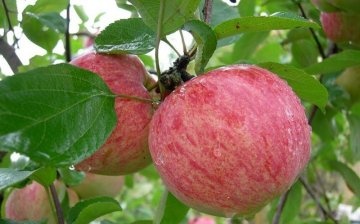
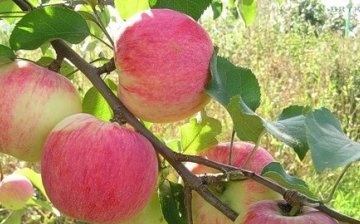
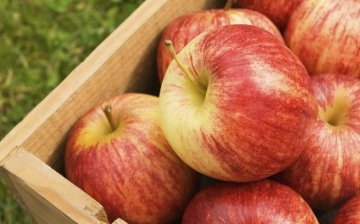
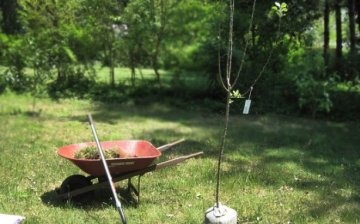
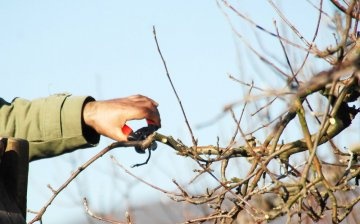
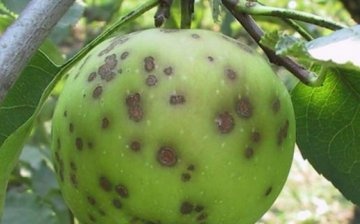







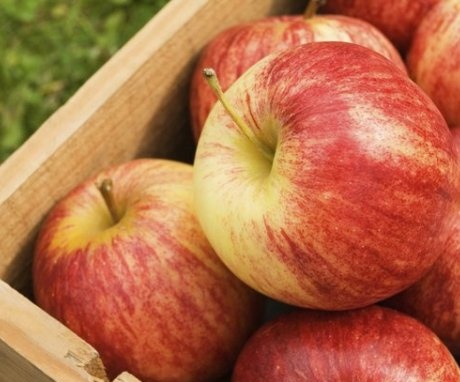
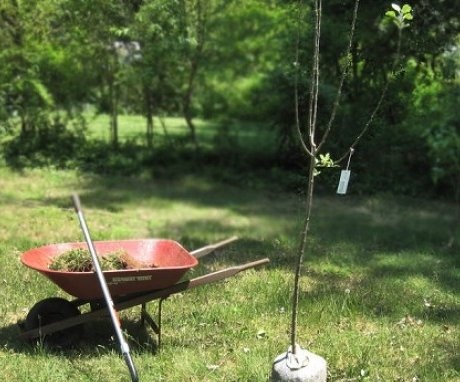
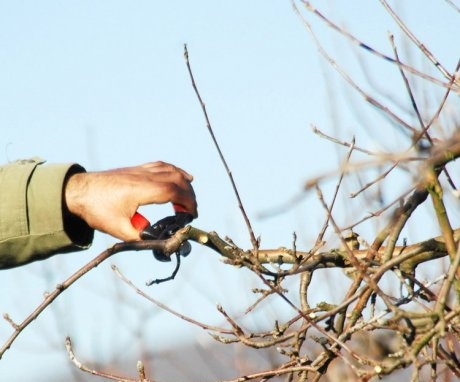
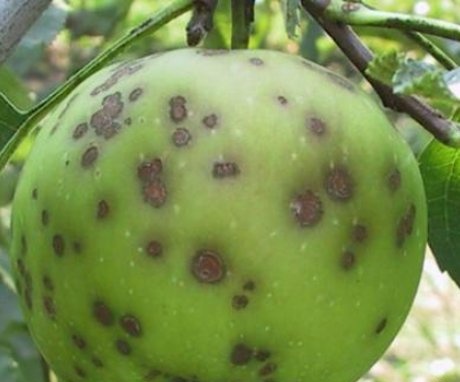
A very interesting apple tree with excellent frost resistance and a small crown, the fact that apples are sweet and sour will only increase the storage time of the fruits, after all, the acid, as it were, preserves them and prevents them from spoiling. I have not yet met such apple trees in our region, if it comes across, then I will definitely buy it, especially since the tree is small.
Goshia, the variety is really new, I have not even heard of this. But something like that is growing in my country house. The apple tree variety is called "Spartan". It is more common among gardeners, and it is easier to get it. Sold in almost all nurseries. Recommend!
I want this to my dacha. The only thing, I can't understand how an inexperienced gardener can identify Persian from a seedling? I live in Tyumen, for me this variety is just perfect. Our Uralka grows, bears fruit, but I would like red apples for a change.